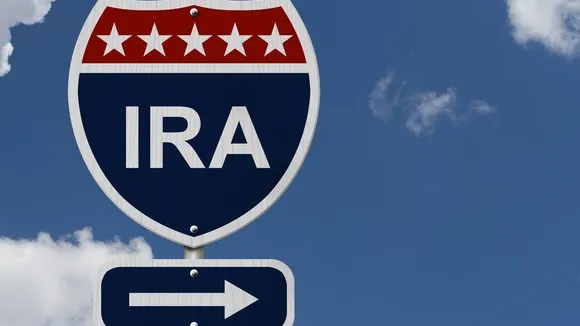Q. Dan, I’m 52, single, make $110,000 and want to crank up my savings for retirement. I’ve maxed out my contributions to my 401(k) the last three years (love the tax break) and am looking at a regular IRA or Roth IRA for 2024 for additional savings. Which is going to be better for me? — Linda
A. Linda, go with the Roth IRA. For 2024, you can contribute up to $7,000 and because you are over 50, another $1,000 as a “catch-up” contribution for a total of $8,000 to traditional IRA or Roth IRA accounts. The law allows you to contribute to both types of accounts up to a combined $8,000, say $4,000 to one and $4,000 to another, but I see no reason for you to do that.
Anyone with earned income (wages, tips, self-employment income, taxable alimony, and combat pay, for instance) can contribute to a traditional IRA. When such contributions are deductible, you reduce your taxable income by the amount of the contribution, thus saving taxes when you contribute.
When funds are distributed from the IRA, the previously untaxed dollars become taxable. If such a distribution is made prior to your age 59½, an additional 10% can apply. This mirrors what happens with your 401(k) contributions. You get a deduction for your contribution and save taxes now expecting to pay taxes later when funds are withdrawn.
With a Roth IRA, you do not get a deduction when you contribute. However, when you distribute the funds after age 59½, every penny will be tax free. You get no tax savings now for your contribution but will pay no taxes when funds are withdrawn. This is the opposite of what happens with a traditional IRA.
The reason the Roth IRA is a better choice for you is you cannot make a deductible contribution to a traditional IRA. Workers who are participants in a 401(k) or other qualified retirement plan can only make deductible contributions if their income is below a limit. Single workers that are participants in a 401(k) or other qualified retirement plans can only make fully deductible contributions if their income is below $77,000. As income approaches $87,000 the deductible portion is phased out and if there is more than $87,000 the IRA contribution is no longer deductible.
You can still make a contribution to a traditional IRA but it will be on a non-deductible basis. However, your $110,000 earnings level, while above that limit, is below the $146,000 limit where making a full Roth IRA contribution would not be permitted.
So, since neither the traditional IRA nor the Roth IRA account yields any tax savings for you upon contribution, I would go with the Roth IRA because there will be no taxes later when you withdraw funds whereas with the traditional IRA, the earnings will be taxed. The Roth IRA also allows some prior to 59½ tax- and penalty-free access to funds.
One other point, Linda: Don’t forget 2023. You have up until April 15, 2024, to make a contribution for tax year 2023. Therefore, assuming your 2023 income is similarly between the two limits described (above $73,000 & $138,000 for 2023), you could make a Roth IRA contribution for 2023 for up to the 2023 limit of $7,500 ($6,500 + $1,000 catch-up). The 2024 contribution can be made any time in 2024 or as late as April 15, 2025.

